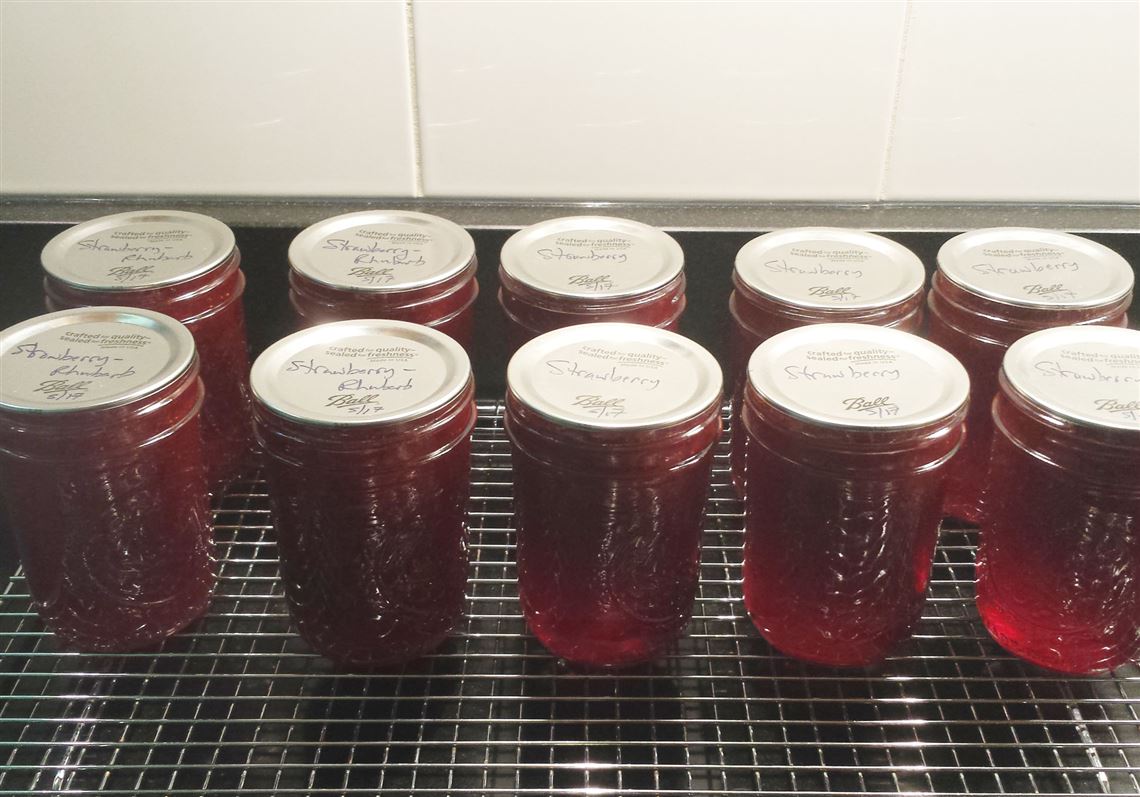How to eat summer fruit all year

The time is ripe — excuse the pun — to preserve early summer fruits.
I have been picking rhubarb since May. The strawberries are ripening. Soon the farm markets will have cherries, blueberries, raspberries and blackberries, followed by mid-summer stone fruits and melons.
By preserving these fruits now, you can enjoy their wonderful flavors, reap the benefits of their nutritional value and share “delectables” with your family and friends long after the summer is over.
Food safety is of utmost importance when preserving food. Follow only research-based methods and recipes like those listed in the reliable sources at the end of this article.
Start with only top-quality fruit at peak ripeness. Always sort out bruised or past-ripe fruit; preserving does not improve its quality. Wash but do not soak and drain well. Choose your preserving method — drying, canning or freezing — depending on how you would like to enjoy these fruits later. Each method has its benefits and costs.
Drying requires an investment in an electric food dehydrator. But once dried, the fruit can be stored at room temperature in airtight containers away from sunlight, moisture and heat. Always label each jar or zip-lock bag with the contents and storage date.
Canning requires some rudimentary gear and an up-front investment of time and energy from you and your stove. The jars are shelf stable at room temperature once they are hermetically sealed. Canned goods should be stored in a cool, dry place away from sunlight and used within a year.
Oh, the possibilities! Rhubarb chutney, strawberry-rhubarb jam, strawberry sauce, sweet raspberry vinegar, ‘Bing’ cherry jam with amaretto, blueberry syrup and spiced blueberry marmalade are among my family’s perennial favorites.
A cardinal rule is to follow the recipes exactly. Small quantities of herbs or spices can be safely added. For example, a bit of black pepper added to simple strawberry jam gives it a complex yet delicious taste.
If you choose to freeze your fruit, you may need a larger freezer. The best type is one that does not self-defrost. Think of a freezer as a “holding cell” for fruit at its prime. It can be used later for canning and baking as well as in pancake batter, sauces or simply atop oatmeal on a cold winter morning.
A short trip between harvest and freezer will improve the quality and nutrition of fruits. Freeze quickly and maintain at zero degrees or below. Do not exceed more than 2 pounds of fruit per day for every cubic foot of freezer capacity. Use rigid freezer-safe containers or zip-lock bags with excess air forced out. Fruit can be frozen pureed or left whole. Sugar syrup or dried sugar can be added.
Choose a method based on your time and palate. I prefer the individually quick frozen (IQF) or tray method which uses no sugar and results in fruit that can be poured from the bag. Dry berries are spread in a single layer on a flat tray and placed in the freezer. After at least 4 hours, the hard fruits are pre-measured and transferred quickly to bags pre-labeled with quantity, fruit type and date, then returned to the freezer. My bags hold the amount commonly used in recipes; my rhubarb crisp requires 3 cups.
Sources
National Center for Home Food Preservation: http://nchfp.uga.edu
Penn State home food preserving methods: http://extension.psu.edu/food/preservation/safe-methods
Penn State “Let’s Preserve” series of publications: http://extension.psu.edu/food/preservation/publications
USDA Complete Guide to Home Canning and Preserving: http://nchfp.uga.edu/publications/publications_usda.html
This article was first published in the Pittsburgh Post-Gazette on June 30, 2017.